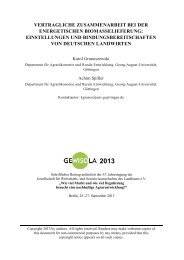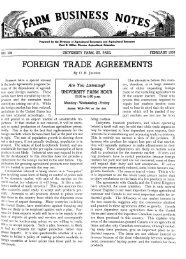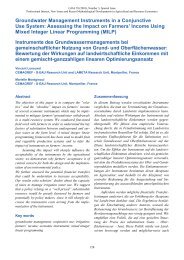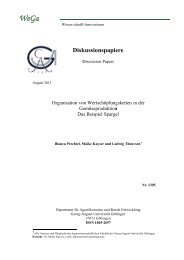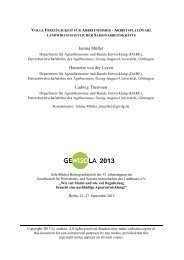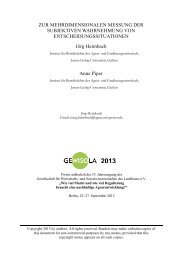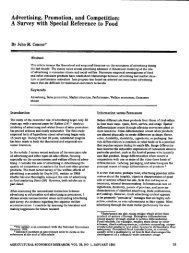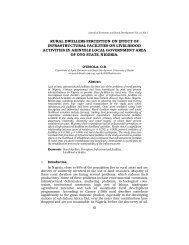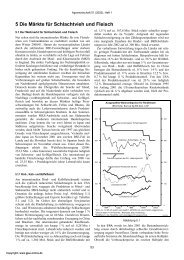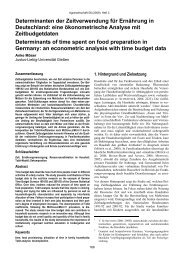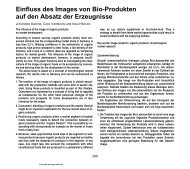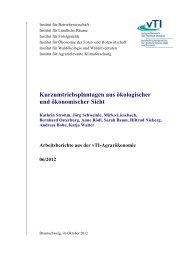District Institutes of Education and Training - Teacher Education
District Institutes of Education and Training - Teacher Education
District Institutes of Education and Training - Teacher Education
Create successful ePaper yourself
Turn your PDF publications into a flip-book with our unique Google optimized e-Paper software.
<strong>District</strong> <strong>Institutes</strong> <strong>of</strong> <strong>Education</strong> <strong>and</strong> <strong>Training</strong>: A Comparative Study in Three Indian States<br />
new skills. It can set things in motion, but as it <strong>of</strong>fers teachers no chance to practice<br />
<strong>and</strong> return with their questions, it will remain inefficient unless it is consolidated.<br />
Cluster Resource Centres provide the platform for continuous reflection <strong>and</strong><br />
discussion <strong>of</strong> training inputs <strong>and</strong> training needs, <strong>and</strong> reporting back at Cluster<br />
Resource Centre meetings.<br />
The expectation that training would be consolidated at the Cluster Resource<br />
Centres was implicit. In future cascades, the planning <strong>of</strong> the cascade model could<br />
usefully include the follow-up after the cascade within the conceptualisation <strong>of</strong> the<br />
cascade itself. This structuring <strong>of</strong> the training experience beyond the short-term<br />
intensive input phase into a longer, experimental <strong>and</strong> reflective phase can help<br />
ensure that the impetus given by the cascade is immediately followed up once<br />
teachers return to schools (see Fig 9.4).<br />
9.8 Development <strong>of</strong> trainers<br />
The State is gradually building up a resource <strong>of</strong> teacher trainers who are called on<br />
to act at various points in the cascade model. The area that requires further<br />
strengthening is that <strong>of</strong> developing trainers’ skills as trainers, <strong>and</strong> in particular to<br />
distinguish between teaching adults (which they are doing as trainers) <strong>and</strong><br />
teaching children (which is what the training programme is about).<br />
Figure 9.4: Enriching the cascade by consolidation by Cluster Resource<br />
Centres<br />
1 training message<br />
via cascade<br />
2 consolidation –<br />
experimentation by<br />
teachers over time;<br />
ongoing reporting/<br />
discussion at CRC level<br />
▲<br />
1<br />
2<br />
Any cascade faces tensions between meeting the numerical dem<strong>and</strong>s <strong>of</strong> such a vast<br />
teacher constituency <strong>and</strong> the numbers <strong>of</strong> good quality trainers available. Some <strong>of</strong><br />
the trainers observed are less effective than others, but there is at present no<br />
evaluation <strong>of</strong> their performance. Any future movement towards quality assurance<br />
depends on such evaluation.<br />
186 DFID<br />
▲<br />
3<br />
3 feedback on teacher<br />
experience via CRC to<br />
programme designers to<br />
tune next inputs to teacher<br />
experiences



